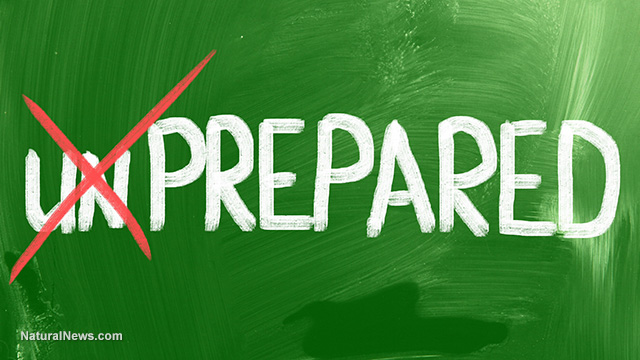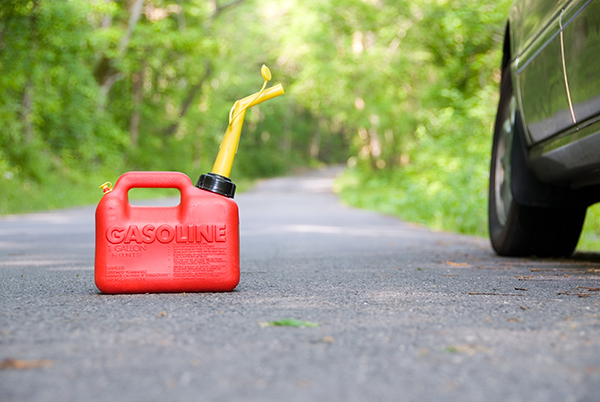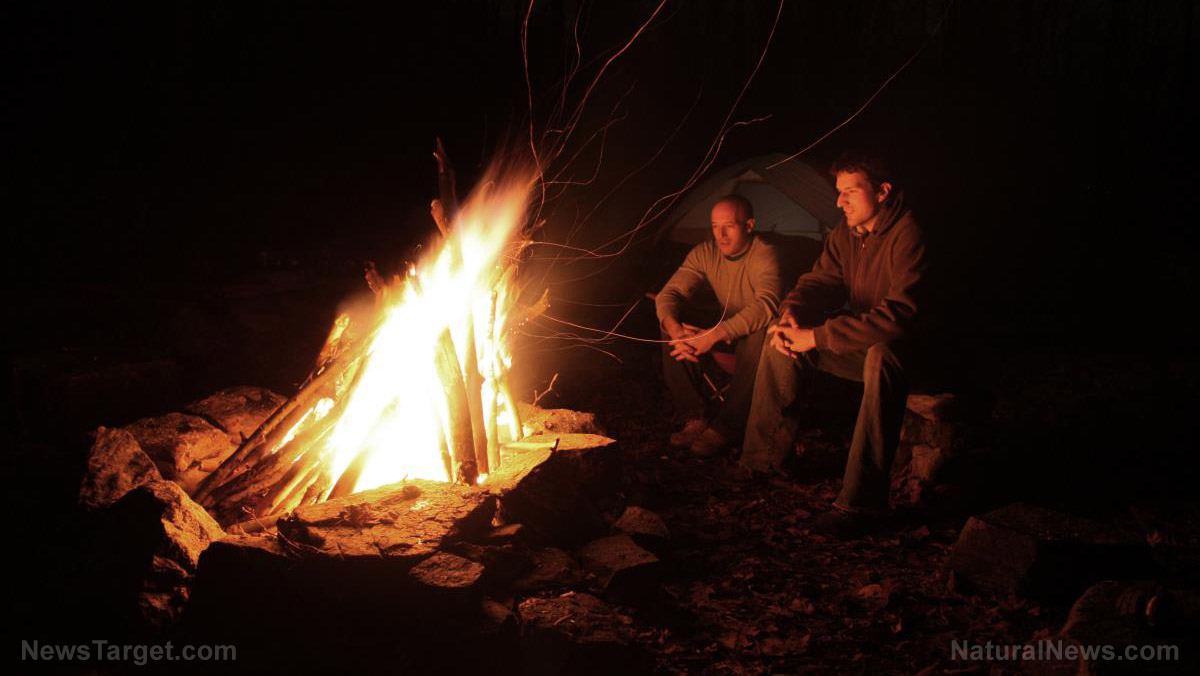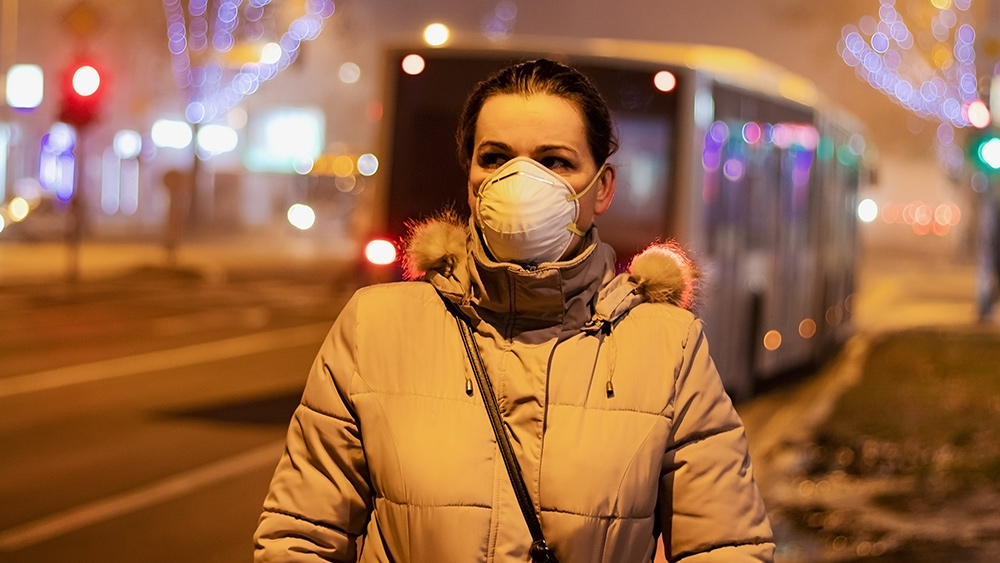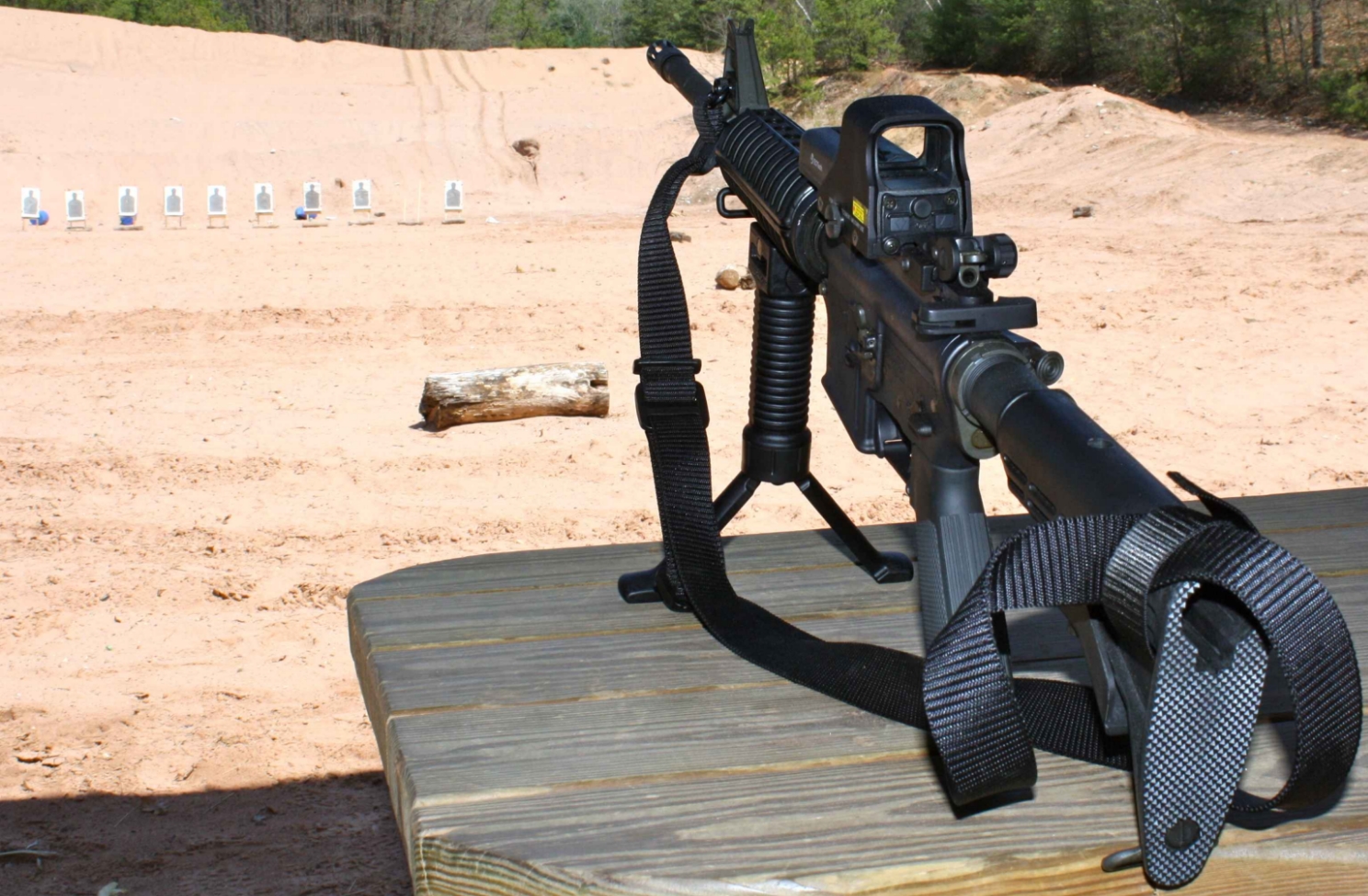The best bug-out locations for preppers in the Eastern U.S.
03/13/2020 / By Arsenio Toledo

Disaster can strike anywhere – now might be a good time to consider bugging out, and looking for good bug-out locations, especially if you’re living in the Eastern United States. Geographically speaking, it’s a prime location to set up your own homestead. Here are four areas in the Eastern United States to consider as retreat options in case SHTF. (h/t to SurvivalBlog.com)
Maine
The interior of Maine is made up of large tracts of sparsely populated forests, both publicly and privately owned. This makes it a key asset if you set up your homestead somewhere deep in Maine’s interior, as it provides you with enough “depth” to steer clear of any conflict brewing in densely populated locations. If you need to stock up on food, Maine’s coast is easily accessible and filled with industries that catch a lot of fish, shellfish and crustaceans. Maine also has favorable gun laws that will make stocking up on firearms and ammunition less difficult. (Related: Ammo stockpiling now underway as coronavirus spreads across America and uncertainty grows about how to stop it.)
New Hampshire, Vermont and the Adirondack Mountains
New Hampshire and Vermont are great states to set up shop in. They’re both also sparsely populated and their gun laws are good enough for your firearm needs. The Adirondacks in northeastern New York State, while it doesn’t have the best gun laws in the country, is still a great place to go to when the going gets rough. It won’t be difficult to set up a farm anywhere in these three areas. If you’re in Vermont, you may also be able to set up an organic cattle operation due to the state’s massive dairy farming industry.
Western New York and Northern Pennsylvania
Western New York and Northern Pennsylvania are also very sparsely populated areas in the Northeastern United States. There is a large forested area in northern Pennsylvania that can be a strategic refuge if you’re looking to stay away from much of civilization. The geography of the area makes farming a viable option for self-sufficient living. The area surrounding the Finger Lakes in New York, for example, has an excellent micro-climate for growing grapes and making wine — which you can use to barter with different communities for food and other supplies. This area is also filled with apple orchards and dairy farms.
The Allegheny Mountains
The Alleghenies are an ancient and heavily eroded mountain range, part of the Appalachian Mountain Range, that extends in the north from north-central Pennsylvania and cuts southwest through western Maryland, eastern West Virginia, and ends in southwestern Virginia. While they aren’t as high in elevation, they are still a formidable barrier for foot travelers, having held up the westward progress of the early American settlers for decades. The soil is also very fertile in this region. This makes the Allegheny Mountains both defensible and a great place to set up a self-sustainable homestead.
There is a viable strategic reason for wanting to set up a bug-out shelter in rural parts of the country. The high population density in the many megalopolis in the Northeastern United States makes those areas highly vulnerable to the spread of diseases, and it also makes them prime targets for terrorists and foreign invaders. Bugging out to a rural part of the Eastern United States makes you more likely to survive even the worst SHTF scenarios.
Sources include:
Tagged Under: Adirondacks, Alleghenies, bug out, bugout, bugout shelter, countryside, East Coast, Gear, guns, home gardening, Homestead, homesteading, Maine, New Hampshire, New York, off grid, pennsylvania, preparedness, prepping, retreat, rural areas, self sufficiency, survival, sustainable living, Vermont
RECENT NEWS & ARTICLES
COPYRIGHT © 2018 SURVIVALGEAR.NEWS
All content posted on this site is protected under Free Speech. SurvivalGear.news is not responsible for content written by contributing authors. The information on this site is provided for educational and entertainment purposes only. It is not intended as a substitute for professional advice of any kind. SurvivalGear.news assumes no responsibility for the use or misuse of this material. All trademarks, registered trademarks and service marks mentioned on this site are the property of their respective owners.


